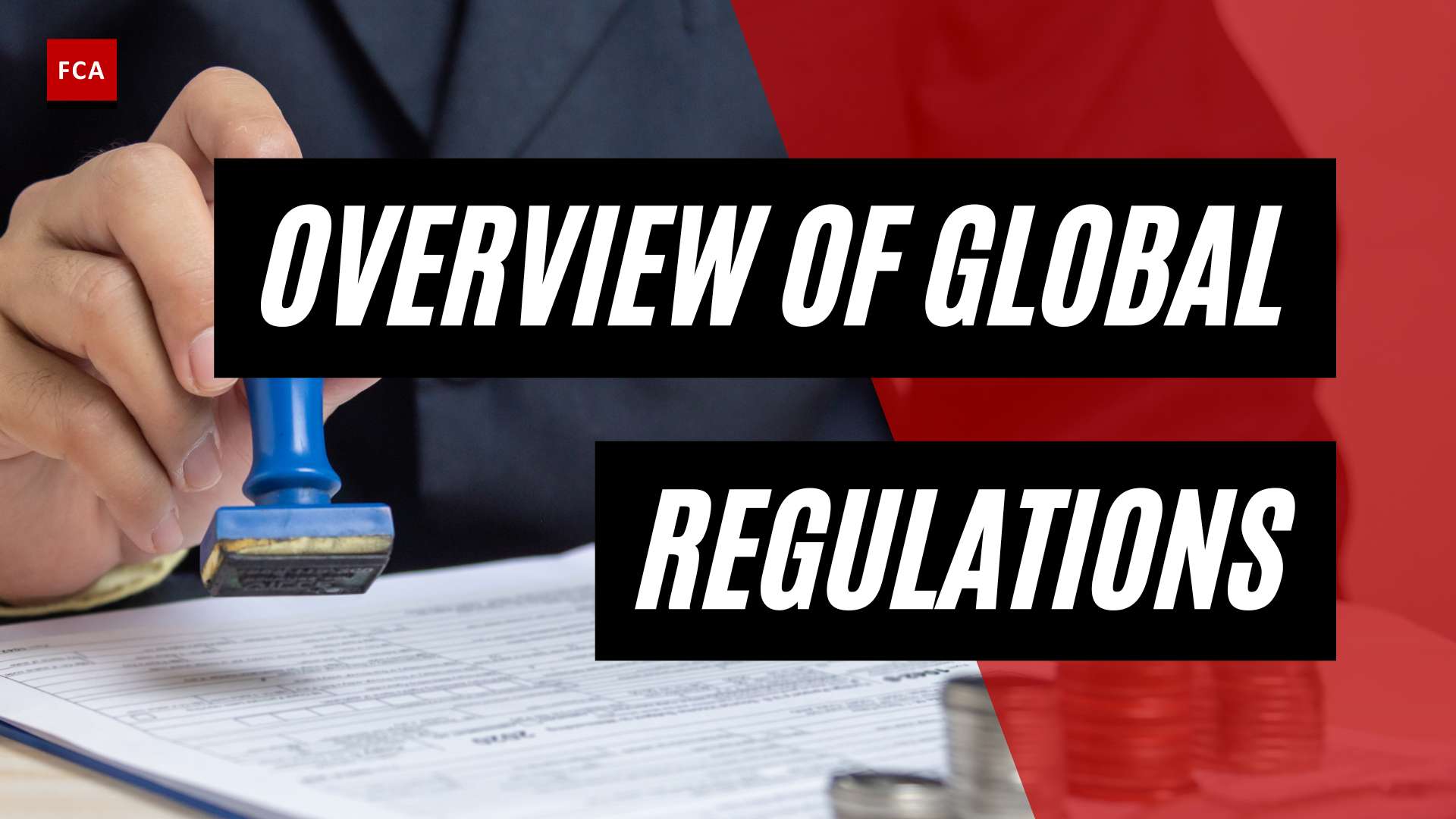Overview of EU AML Directives
The European Union (EU) has established a robust framework to combat money laundering and terrorist financing. This framework, broadly referred to as EU AML legislation, is articulated through a series of directives that provide the legal foundation for AML compliance in EU member states.
Genesis of EU AML Legislation
The genesis of EU AML legislation dates back to 1990 when the European Union adopted its first anti-money laundering directive. The aim was to prevent the misuse of the financial system for money laundering. The directive imposed obligations on entities such as banks, requiring customer due diligence, transaction monitoring, and reporting of suspicious activities when entering into a business relationship. This marked the beginning of a concerted effort to ensure a consistent approach to AML across the EU, which has since evolved dramatically in response to emerging threats and global standards.
Evolution of EU AML Directives
The EU AML directives have evolved over time, with each new iteration addressing gaps identified in the previous ones and adapting to changes in the financial crime landscape. Since 2015, the EU has adopted a modernised regulatory framework. This includes the 6th Anti-Money Laundering Directive (6AMLD), which came into effect on December 3, 2020, and was implemented by regulated entities by June 3, 2021 (LSEG).
This directive has strengthened AML rules within the EU and increased the responsibility of regulated entities to combat financial crime. It harmonises the definition of predicate offences against money laundering among all EU Member States, expanding to include cybercrime and environmental crime, bringing the total to 22 predicate offences. The 6AMLD also extends criminal liability to include legal entities like companies or partnerships, making them liable for the actions of their employees involved in criminal activity such as money laundering. Furthermore, the directive has increased the sentencing for money laundering crimes to a minimum of 4 years imprisonment, demonstrating tougher measures to combat such activities.
This evolution illustrates the EU’s commitment to combating money laundering and the financing of terrorism. It also highlights the critical role of EU AML compliance requirements in ensuring that financial institutions across the region are equipped to detect, prevent, and report money laundering activities.
The 5th Anti-Money Laundering Directive
The 5th EU Anti Money Laundering Directive (5AMLD) forms a crucial part of the EU AML framework. Implemented in January 2020, the 5AMLD has significantly expanded its reach to prevent the misuse of the financial system for money laundering and terrorism financing.
Scope of 5AMLD
The 5AMLD covers a broad range of activities, including but not limited to virtual currencies, tax-related services, and more. This has significantly widened the scope of entities falling under its regulations. The directive also extends its due diligence requirements to include politically exposed persons (PEPs) in a bid to mitigate the risks associated with money laundering and terrorism financing activities.
The broadened scope of the 5AMLD is indicative of the evolving nature of the EU AML policy. As the financial landscape continues to change, the European Union AML directives have been adapted to address the new challenges that emerge.
Consequences of Non-compliance
The financial implications of non-compliance with the 5AMLD can be severe. Organizations that fail to comply may face fines of up to €5 million or 10% of their total annual turnover, whichever is higher.
These penalties underscore the seriousness with which the EU views AML compliance. It sends a clear message to all businesses operating within the EU – compliance with the EU AML compliance requirements is not optional, but mandatory. Non-compliance will not only result in financial penalties but can also damage a company’s reputation, leading to loss of customer trust and potential business partners.
Understanding the EU AML legislative landscape helps businesses better navigate the complex regulatory framework. This knowledge is crucial for ensuring compliance and mitigating the risk of penalties and reputational damage.
The 6th Anti-Money Laundering Directive
The EU’s 6th Anti-Money Laundering Directive (6AMLD) represents a significant development in the evolving framework of EU AML legislation. Implemented by regulated entities by 3 June 2021, it aimed to fortify anti-money laundering rules within the EU and place higher responsibility on regulated entities to combat financial crime.
Main Provisions of 6AMLD
The 6AMLD brought forth several key changes, primarily focusing on harmonizing the definition of predicate offences against money laundering across all Member States. It expanded the list of 22 predicate offences to include cybercrime and environmental crime. This directive sought to ensure a comprehensive and uniform approach towards predicate offences across the EU (LSEG).
Another significant provision of the 6AMLD was to extend criminal liability to allow for the punishment of legal persons, such as companies or partnerships. This means that companies may be held criminally liable for the actions of employees implicated in criminal activity.
In terms of penalties, the 6AMLD mandated an increase in the sentence for money laundering crimes to a minimum of 4 years of imprisonment. This represents a more stringent approach towards penalizing money laundering activities within the EU.
Expanded Definitions and Liabilities
A key aspect of the 6AMLD was the expansion of definitions and liabilities associated with money laundering offences. This includes addressing the issue of dual criminality, which requires EU Member States to criminalize certain predicate offences, regardless of whether these offences are deemed illegal in that specific jurisdiction.
This move towards harmonizing definitions and expanding liabilities underscores the EU’s commitment to strengthening its AML regulations and ensuring consistency in the application of anti-money laundering measures across Member States.
The implementation of 6AMLD has significantly impacted the EU AML compliance requirements, necessitating businesses to adapt their compliance strategies accordingly. The directive serves as a clear reminder of the importance of maintaining robust anti-money laundering controls within organizations, as non-compliance can result in severe penalties.
Impact of EU AML Legislation
The implementation of Anti-Money Laundering (AML) legislation by the European Union has had a profound impact on the regulatory landscape, particularly for financial institutions operating within its jurisdiction. Understanding these changes is crucial for compliance professionals to navigate the evolving requirements.
Effect on Financial Institutions
The EU AML legislation package, currently in the legislative process, aims to provide an effective regulatory framework to combat money laundering and terrorist financing within the European Union. The directives, such as the 5th and 6th AML directives, have introduced stricter rules and closed existing gaps in combating money laundering, terrorist financing, and evasion of sanctions.
These directives have a wide-reaching impact on financial institutions. Firms are required to implement more stringent controls, enhance their due diligence procedures, and increase transparency in their financial transactions. The aim of these measures is to prevent the misuse of the financial system for illicit activities such as money laundering and terrorism financing.
Changes in Compliance Requirements
The 5th EU Anti Money Laundering Directive (5AMLD), implemented in January 2020, and the 6th AML Directive (6AMLD), effective from June 2021, have significantly outlined AML and Counter Terrorist Financing (CFT) legislation across all member states. These directives have brought about changes in compliance requirements for financial institutions.
Under these directives, financial institutions are required to conduct enhanced due diligence for high-risk customers, increase transparency for complex corporate structures, and report suspicious transactions more promptly. Furthermore, there is a greater emphasis on the risk-based approach, requiring institutions to identify, assess, and manage the risk of money laundering and terrorist financing effectively.
Compliance with these requirements is crucial for financial institutions as non-compliance can result in hefty fines and penalties. As such, it is imperative for compliance professionals to stay abreast of the evolving EU AML compliance requirements and adapt their AML/CFT programs accordingly.
For a deeper understanding of how these changes impact your organization and to stay updated on future developments in the EU AML regulatory framework, subscribe to our resources on EU AML Directive updates.
Future Developments in EU AML Legislation
The arena of Anti-Money Laundering (AML) and Counter-Terrorism Financing (CTF) continues to evolve, and the European Union remains at the forefront of this change. Future developments in the EU AML legislation aim to further strengthen the EU AML framework and address emerging threats.
EU Anti-Money Laundering Authority
One such development is the establishment of a new EU authority, the Anti-Money Laundering Authority (AMLA). The European Commission has proposed the AMLA to streamline AML/CFT efforts across the bloc. This authority will facilitate coordination among Financial Intelligence Units (FIUs) and ensure a consistent application of AML/CFT rules within the private sector.
The introduction of the AMLA represents a significant step towards a more unified and effective AML/CFT regime in the EU. This move will enhance the EU’s capacity to prevent, detect, and combat money laundering and terrorist financing. It also reflects the EU’s commitment to maintaining high European Union AML standards.
Regulation on the Traceability of Transfers
Another upcoming development in the EU AML legislation is the new Regulation on the Traceability of Transfers of Funds (TFR). This regulation will ensure the traceability of crypto-asset transfers and user authentication, aligning with FATF standards. The TFR is set to be implemented starting December 2024 (EU Financial Crime).
The advent of TFR signifies the EU’s efforts to address the emerging threats associated with the use of virtual assets. By ensuring the traceability of crypto-asset transfers, the EU aims to prevent the misuse of these assets for illicit activities. This aligns with the EU’s ongoing efforts to address new risk areas in AML/CFT, including virtual assets and crowdfunding.
These future developments demonstrate the EU’s proactive approach in ensuring a robust EU AML regulatory framework. By continuously revising its laws and introducing new measures, the EU aims to create a safer and more transparent financial system. For more updates on the EU AML Directive, stay tuned.
Bridging Gaps in EU AML/CFT Policy
The EU’s legislative framework has consistently evolved to address emerging risks related to money laundering and terrorist financing, providing a robust structure to mitigate these challenges. The focus has been on extending the scope of the eu aml legislation to new areas, such as virtual assets and crowdfunding, and ensuring alignment with other regulations, such as the Markets in Crypto-Assets Regulation (MiCA).
Addressing New Risks
One of the recent developments in the EU AML framework is the Regulation on the Traceability of Transfers of Funds (TFR). Set to come into effect in December 2024, the TFR will ensure the traceability of crypto-assets transfers and user authentication, adhering to Financial Action Task Force (FATF) standards. This inclusion is a significant step in combating money laundering activities associated with cryptocurrencies and other virtual assets.
Moreover, the new Regulation on the Anti-Money Laundering Authority (AMLA) will establish a new EU authority to supervise AML/CFT efforts. This will facilitate coordination among financial intelligence units (FIUs) and ensure consistent EU rule application within the private sector.
These measures indicate the EU’s commitment to adapt to emerging risks and ensure the effectiveness of their AML/CFT policies.
Enhancing Information Exchange
Information exchange is a crucial component of effective AML/CFT policies. To this effect, Directive (EU) 2019/1153 enhances law enforcement authorities’ access to financial information. This includes direct access to bank-account holder identities in national registries and certain data from Financial Intelligence Units (FIUs).
The directive also improves information exchange between FIUs and access to law enforcement information. These changes aim to expedite criminal investigations and enhance cross-border crime combat capabilities.
In conclusion, the EU continues to evolve and strengthen its AML/CFT policy framework, addressing new risks and enhancing information exchange. These efforts are aligned with the overarching goal of preventing the misuse of the financial system for the purpose of money laundering and terrorist financing. For more information on the latest updates in EU AML directives, refer to our article on eu aml directive updates.
AML Compliance in Practice
Implementing the EU AML legislation in practice requires a deep understanding of risk assessments, due diligence procedures, and the challenges and opportunities present in the current regulatory landscape.
Risk Assessments and Due Diligence
Compliance with the EU AML framework is predicated on effective risk assessments and due diligence procedures. Under the 5th Anti-Money Laundering Directive (5AMLD), due diligence requirements extend to politically exposed persons (PEPs) to mitigate the risks associated with money laundering and terrorism financing activities.
Risk assessments are instrumental in identifying and evaluating potential vulnerabilities within an organization. They allow compliance professionals to anticipate potential threats, develop effective mitigation strategies, and ensure alignment with the EU AML policy.
Due diligence procedures are equally important, enabling organizations to verify the identity of their customers, understand the nature of their transactions, and monitor for suspicious activity. These procedures are critical in preventing and detecting financial crimes within an organization.
Challenges and Opportunities for Compliance Professionals
The implementation of EU AML legislation presents both challenges and opportunities for compliance professionals. Failure to comply with the 5AMLD can result in severe financial penalties, with fines of up to €5 million or 10% of the total annual turnover imposed on non-compliant organizations.
The 6th Anti-Money Laundering Directive (6AMLD) brings additional challenges by expanding the definition of predicate offences against money laundering to include cybercrime and environmental crime, bringing the total to 22 predicate offences. The directive also extends criminal liability to legal persons, making companies or partnerships criminally liable for the actions of their employees involved in criminal activity such as money laundering.
Despite these challenges, the evolving EU AML regulatory framework also presents opportunities for compliance professionals. The new Regulation on the Traceability of Transfers of Funds (TFR), which will be enforced starting from December 2024, will ensure the traceability of crypto-asset transfers and user authentication, aligning with Financial Action Task Force (FATF) standards (European Commission). This will help organizations to keep pace with the rapidly evolving financial landscape, while also enhancing their compliance with AML regulations.
Moreover, Directive (EU) 2019/1153 strengthens the utilization of financial information by granting law enforcement authorities direct access to data about bank-account holders in national central registries, enhancing information exchange between Financial Intelligence Units (FIUs) and law enforcement. This will enable compliance professionals to collaborate more effectively with law enforcement authorities, contributing to a more robust AML compliance framework.
In conclusion, effective AML compliance in practice requires a deep understanding of the EU AML compliance requirements, a proactive approach to risk management, and an ability to adapt to the evolving regulatory landscape. Compliance professionals who can navigate these challenges and leverage these opportunities will be well-positioned to succeed in the rapidly evolving world of AML compliance.









